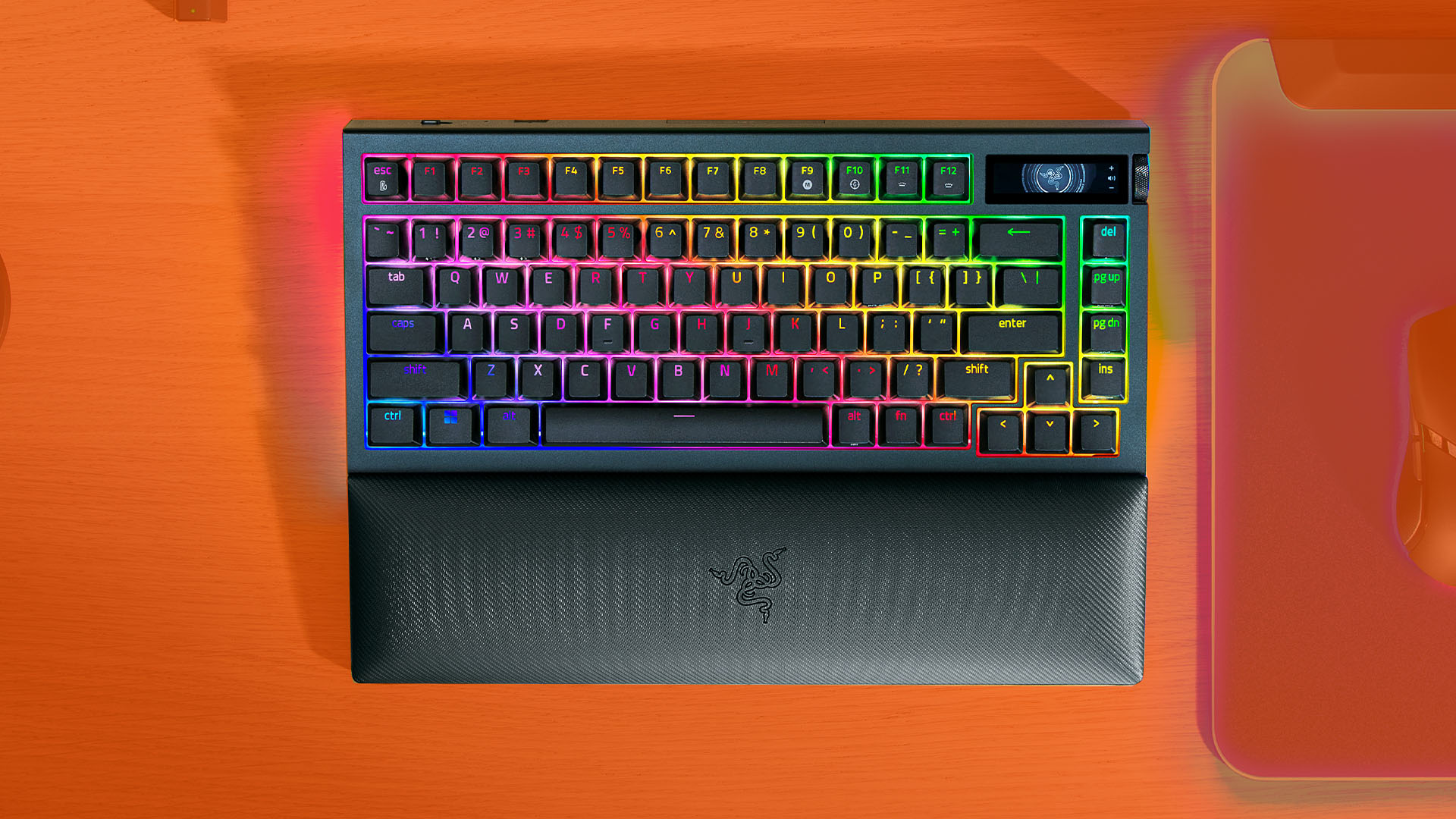We may earn a commission when you buy through links in our articles. Learn more.
Two new Intel Arrow Lake benchmarks have just appeared in the Geekbench results browser, giving us an indication of the performance of the new Intel gaming CPUs, as well as seemingly revealing their full specs. Both the Core Ultra 9 285K and Core Ultra 7 265K have apparently been put through their paces in Geekbench on a new MSI Z890 motherboard, so it looks as though samples of the chips are already doing the rounds.
Whether either of these new Intel chips will win the best gaming CPU trophy remains to be seen when the final silicon is released and we can put them through their paces in games, but in the meantime, these new Geekbench results can give us an indication of their basic performance.
Geekbench’s CPU test provides two scores. The first is for single-threaded (ST) performance, which stresses one CPU core. This is often a good indication of gaming performance, and it benefits CPUs that can boost their clock speed to high frequencies on a single core. The other score is multi-threaded (MT) performance, which stresses all of a CPU’s cores at the same time to gauge their performance in multi-threaded software, such as video encoding and 3D rendering.
Flagged by Benchleaks in a post on X (formerly Twitter), these new leaks show both the ST and MT scores for the Core Ultra 9 285K and Core Ultra 7 265K. Let’s start with the ST result, where the 285K appears to get a score of 3,282, while the 265K gets a score of 3,186. The 285K’s extra 200MHz of clock speed looks as though it gives it the edge in this test, boosting to up to 5.7GHz, compared to 5.5GHz on the 265K.
As a point of comparison, the Core i9 14900K scores 3,084 in this test on average, showing a small uptick in performance from the new chips. That’s also despite the Core i9 14900K boosting to a comparatively high clock speed of 6GHz. AMD has the edge here, though, with the new Ryzen 9 9950X regularly hitting results between 3,300 and 3,400 in the results browser in this test, and often going higher.
This isn’t a clear picture, though. The MSI Pro Z890-P WiFi motherboard used to test these chips will have been running with an early BIOS at this stage, and with early chipset drivers too, so these CPUs may well end up being faster when they’re finally released. Testing was also only conducted with 5,600MT/s DDR5 RAM, which could be holding back performance.
Meanwhile, the Core Ultra 9 285K multi-threaded score was 21,007, with its 16 E-Cores helping its eight P-Cores to a high score, though it’s only a little quicker than the Core i9 14900K’s average of 20,751. The Core Ultra 7 265K (which only has 12 E-Cores, according to the listing) scored 19,799 in this test. Again, that’s a little higher than the Core i7 14700K’s average score of 19,187.
AMD has the upper hand here, though, with the Ryzen 9 9950X regularly turning out results over 23,300 in this test, although the Geekbench results browser doesn’t report average stock speed results for this CPU yet.
As always with early benchmark leaks, it’s too early to tell if Arrow Lake is going to be a surefire winner or not, but even these early results appear to show that these new CPUs are a bit quicker than their 14th-gen Raptor Lake equivalents, especially when it comes to single-threaded performance. It also looks as though Intel is going to play it safe with this generation, and require motherboard makers to apply the Intel default power settings on Arrow Lake motherboards, to avoid any potential for erratic voltage spiking.
What I found interesting about this Arrow Lake benchmark leak isn’t so much the results themselves, though, but the big list of specs that’s been detected for both CPUs. This appears to show the base clock, boost clock, and cache structure for each of the chips, potentially helping us to fill some more gaps in our knowledge about the new processors. This shows 36MB of L3 cache in the 285K, and 30MB of L3 cache in the 265K, for example, and the 265K’s 3.9GHz base clock is interestingly higher than the 285K’s 3.7GHz.
If you want to know more about what’s coming with these new gaming CPUs, check out our Intel Arrow Lake guide, where we share everything we know about the Core Ultra 200 desktop processor range.


